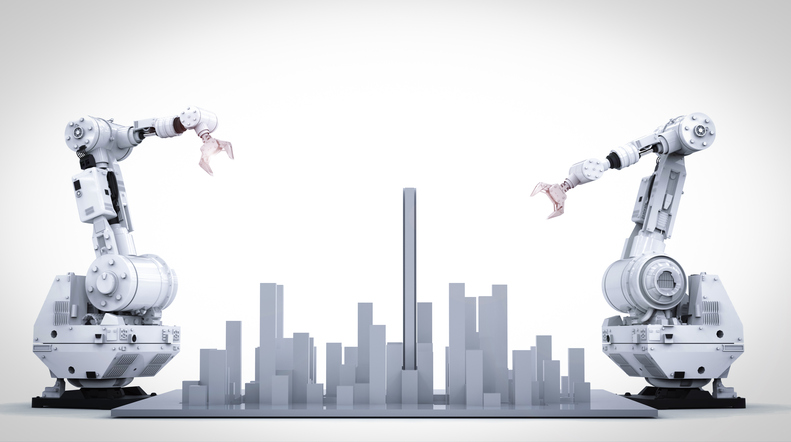It seems that every day that a newly minted technology promises to make our lives easier through automation. From the humble assembly line robot to the long-fabled Amazon drone delivery service, robotic technology appears to be an inevitability of the future, for better or worse.

Cummings suburban division manager, Dan Linscott, recently served on a panel discussing the potential for automation and robotics in construction. Though some traditionalists may recoil at the idea of robots on a construction site, Dan recognizes both pros and cons of the technology and advises his peers to take a more nuanced stance on these new tools.
Benefits
One of the most obvious benefits of robotics in construction is the lowered risk to workers. Robots would be at the forefront of the more hazardous tasks, such as exterior window washing or extreme heavy lifting. Proper use of these mechanical helpers can keep workplace accidents at the number every firm wants to see: zero.
In addition to making the workplace safer, robotic coworkers could make teams much more efficient by expediting projects that would be time-intensive for human team members.
“Cummings construction teams can do anything: They can cut concrete slabs, weld down metal decking floors, clean live water pipes—you name it,” said Dan. “But all those jobs require a high degree of precision and can become very time-consuming. With robotic solutions for these tasks, we could dramatically increase our overall work output.”
Contrary to popular theory, Dan suggests that automation would have a negligible impact on the number of construction jobs. Current technology serves only to complement the construction teams, and there will always have to be workers maintaining and operating the machines.
Disadvantages
As with all new technology, this equipment comes with a significant price tag. Larger firms will have little issue accessing these tools, but it may not be financially possible for smaller businesses to embrace them anytime soon.
Regional climates are also slowing the adoption of construction robots. Though Cummings teams thrive in the notoriously fickle New England weather, their mechanical counterparts may struggle to keep up. “We don’t stop working if it’s a little cold or hot outside,” said Dan. “We’d need to make sure the robots don’t malfunction under difficult weather conditions. Our equipment needs to be as reliable as our colleagues.”
Ultimately, the largest hurdle to adopting robotic construction equipment is that the technology is still in its infancy. Though the mechanical helpers of today look like the science fiction of yesteryear, science has barely tapped the potential of what robots could accomplish. Some firms may be wary of investing in such expensive equipment only for it to become obsolete in a year or two.
Cummings Properties: Utilizing New Technologies to Improve Efficiency
With or without modern robotics, Cummings construction crews will continue to provide excellent results for leasing clients. Whether the job requires a simple office remodel, a full lab buildout, or construction of an entire building from the bottom up, Cummings Properties’ construction team prides itself on meeting and exceeding client expectations across the Company’s comprehensive portfolio. Contact us today to learn more.
